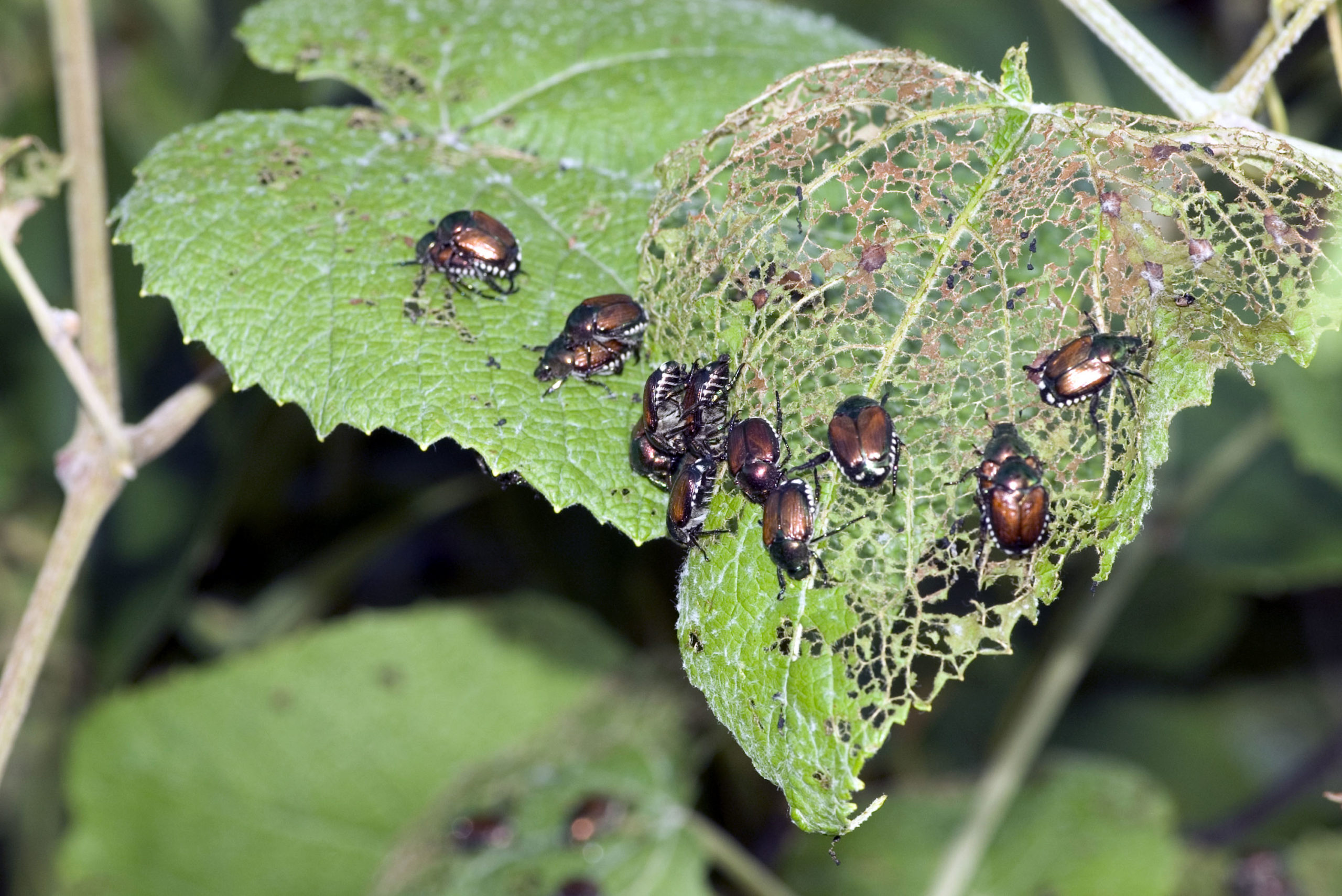Article provided in collaboration with Davey Tree Expert Company
For a tree care professional offering plant health-care services, accurate and timely knowledge about disease and insects is worth its weight in gold. In the age of the Internet, access to information is easy; deciding what to use is more problematic.
“The biggest mistake people make is getting a hold of information that may not be current,” says Rex Bastian, vice president of field education and development for The Care of Trees/Davey Tree Expert Company, a full-service arboriculture company. “There is a great deal of old information floating around the Internet. The best advice: Always check the publication date.”
INTERNET. Type in the name of an insect or disease in a search engine and you will get more information than you could possibly use. Bastian’s solution is to add filters to the request. “For example, I usually add ‘edu’ to the name of the Web page for the insect I am looking up,” he says. “That brings me right to an educational source. As a result, you are going to get fairly unbiased information and, in addition, you may be able to find something that pertains to your state or local area.”
BOOKS. To stay viable longer books generally focus on topics such as the biology of a disease or insect, including identification and life cycle. Those are the things that are more consistent over time. Management techniques usually receive less emphasis, says Bastian, because they are more likely to evolve over time. Books typically have good photos and may have a regional focus. Books, of course, come with a price tag attached.

EXTENSION SERVICE. Bulletins on disease and insects are available from many state extension services. Some can be printed right off the Internet. In addition, some extension services regularly publish pest management newsletters on specific disease and insect problems. “Those can be an excellent source of what is currently happening in a local area,” says Bastian.
PRODUCT MANUFACTURERS. While chemical firms are certainly interested in promoting their own products, they still can be a good source of solid information. They have scientists working on new products and new uses for existing products and, at times, they offer educational sessions for customers. Company websites also have current information on products (labels can change over time). “When you visit a vendor website, it is important to remember that there are other choices out there as well,” says Bastian. “Also, be careful with information created by someone who may have a bias against a particular product.”
OTHER SOURCES TO CONSIDER. Bastian says other sources of information include pest management newsletters and fact sheets put out by local associations and extension, trade-organization and tree care association meetings and workshops, usually held in the off-season. In the field of disease and insect treatment, information is often changing. For a tree care contractor, identifying and using the best sources can be time well-spent
